
- VENUE
VENUE
Chengdu, abbreviated as "Rong" and also known as the City of Hibiscus or the City of Brocade, serves as the capital city of Sichuan Province. It is a sub-provincial city, a megacity, and the core city of the Chengdu-Chongqing economic circle in the twin-city region. Approved by the State Council, it is recognized as a pivotal central city in western China, as well as a crucial national base for high-tech industries, a commercial and logistics center, and a comprehensive transportation hub. The city administers 12 municipal
districts, 3 counties, and 5 county-level cities under its jurisdiction. With a permanent population of 20.9378 million people (as of 2020), Chengdu boasts a flat terrain, a dense network of rivers, abundant resources, and well-developed agriculture. It enjoys a subtropical monsoon humid climate and has been lauded as the "Land of Abundance" since ancient times. As a globally significant base for the electronic information industry, Chengdu is home to 30 national-level scientific research institutions, 67 national-level R&D platforms, 56 universities, and approximately 3.89 million talents across various fields. By 2019, 301 Fortune Global 500 companies had established a presence in the city.
Geographically, Chengdu is situated in the western part of the Sichuan Basin and on the eastern edge of the Qinghai-Tibet Plateau. It borders Deyang City to the northeast, Ziyang City to the southeast, Meishan City to the south, Ya'an City to the southwest, and the Aba Tibetan and Qiang Autonomous Prefecture to the northwest.
Chengdu ranks among China's top ten ancient capitals and is one of the first batch of national historical and cultural cities, as well as the birthplace of the ancient Shu civilization. The Jinsha Site within its boundaries boasts a history of 3,000 years. King Tai of Zhou once said, "It takes one year to form a cluster, two years to become a town, and three years to become Chengdu," hence the name Chengdu. Subsequently, various dynasties and regimes, including Shu Han, Cheng Han, Former Shu, and Later Shu, established their capitals here. Chengdu has consistently served as the administrative seat of prefectures and counties throughout different dynasties. During the Han Dynasty, it was one of the five major metropolises in the country. In the Tang Dynasty, it emerged as one of the most developed industrial and commercial cities in China, historically known as "Yangzhou First, Chengdu Second." In the Northern Song Dynasty, it ranked as the second-largest metropolis after Bianjing (present-day Kaifeng) and witnessed the invention of jiaozi, the world's first paper currency. Chengdu is adorned with numerous scenic spots and historical sites, including Dujiangyan Irrigation System, Wu Hou Shrine, Du Fu Thatched Cottage, Jinsha Site, Ming Shu King's Mausoleum, Wangjiang Tower, and Qingyang Palace, making it China's Best Tourist City.
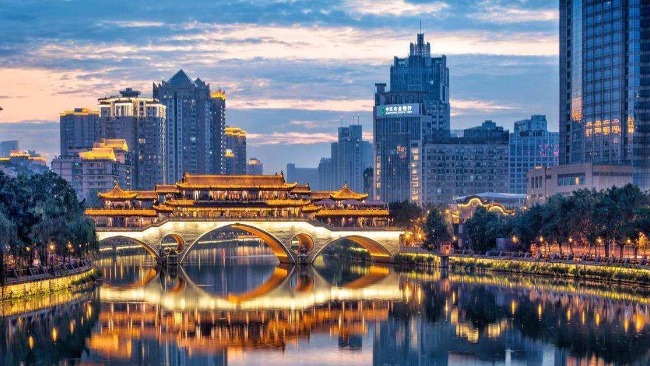
Jinjiang River
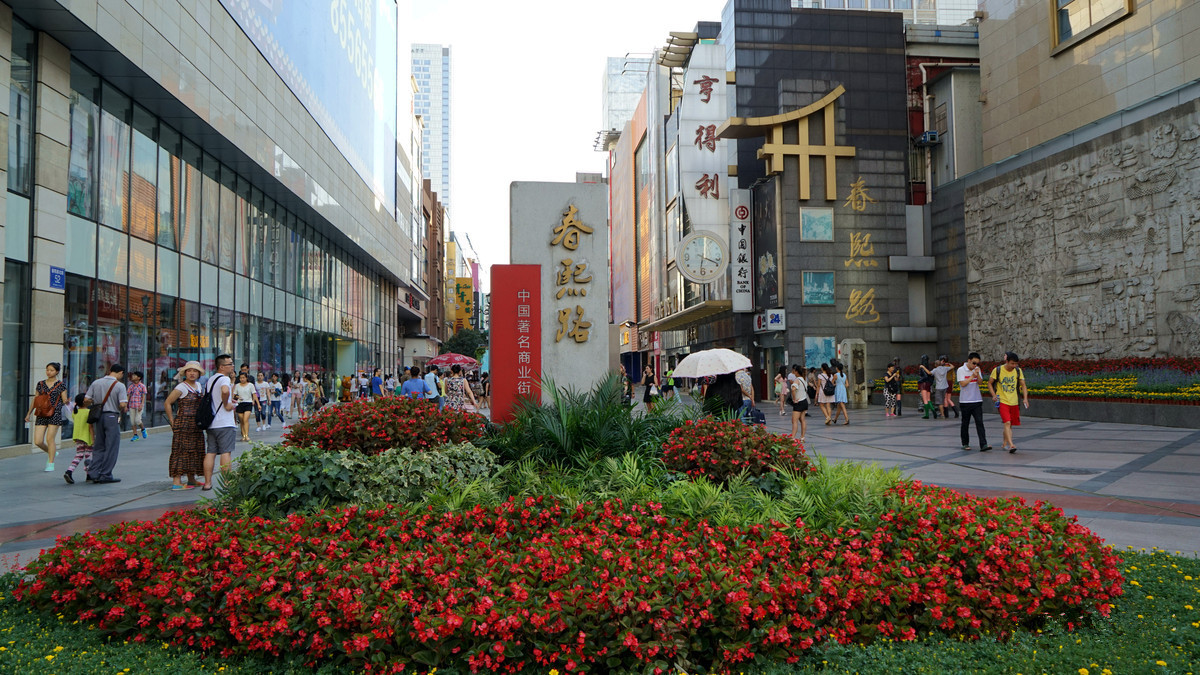
Chunxi Road
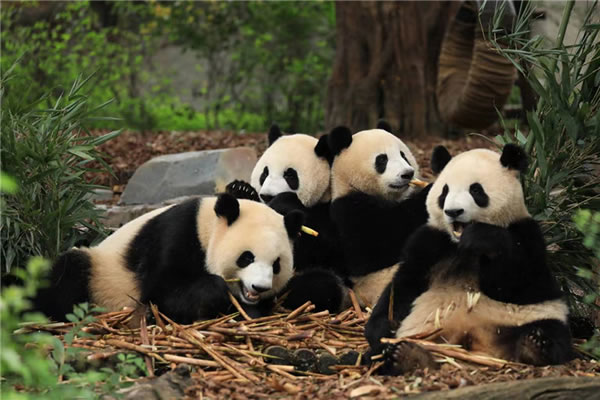
Chengdu Research Base of Giant Panda Breeding
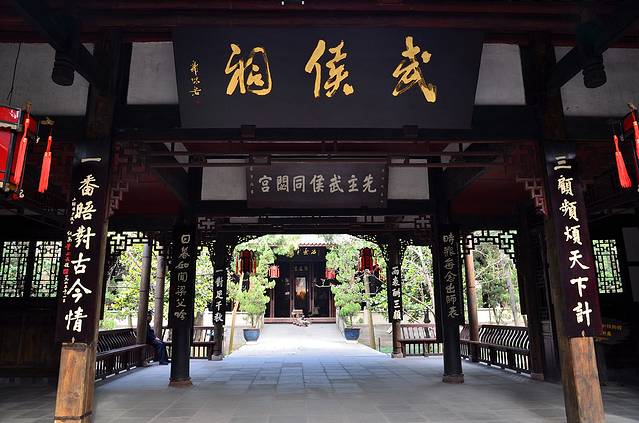
Chengdu Wuhou Shrine Museum
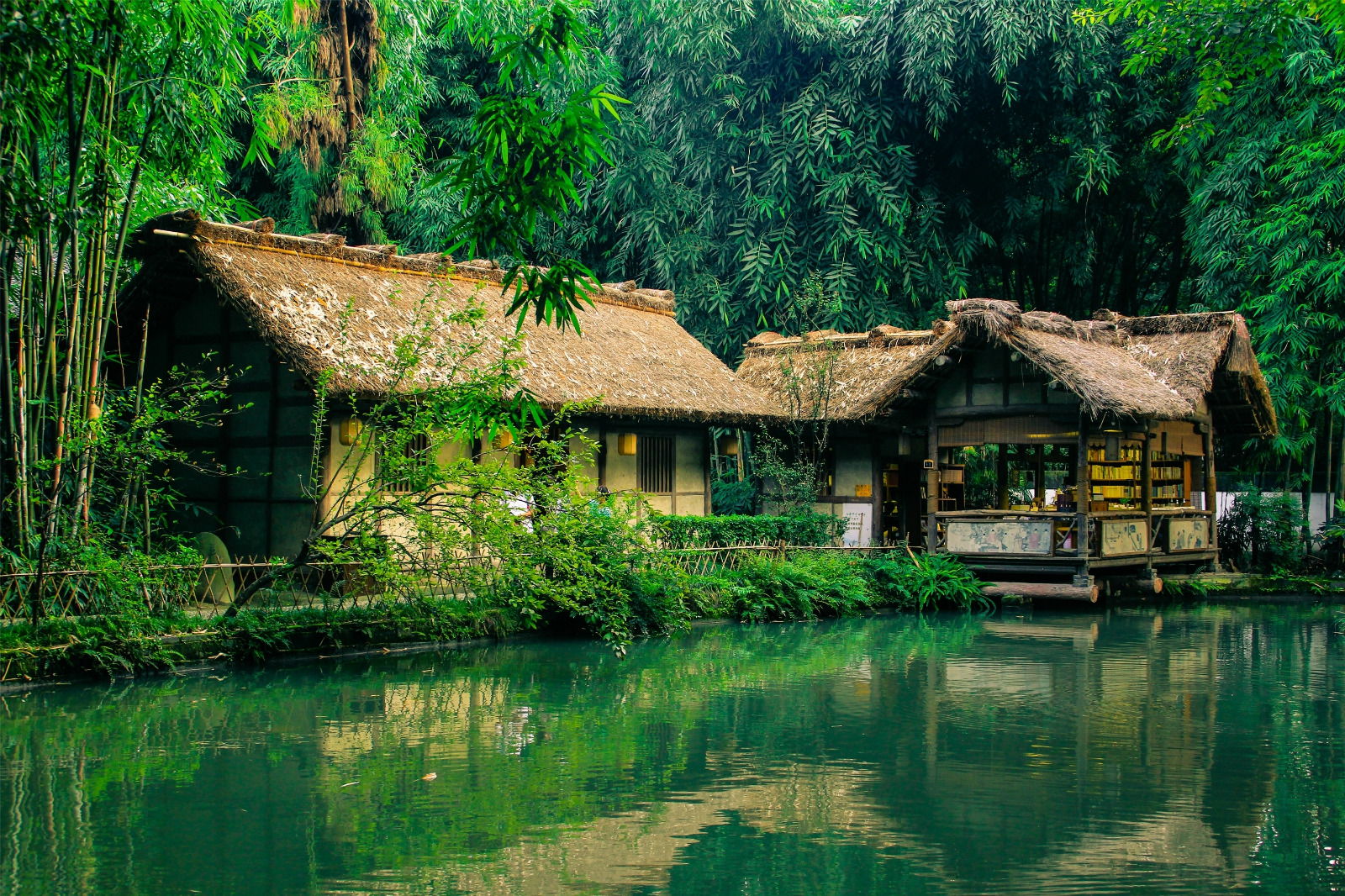
Chengdu Dufu Thatched Cottage
